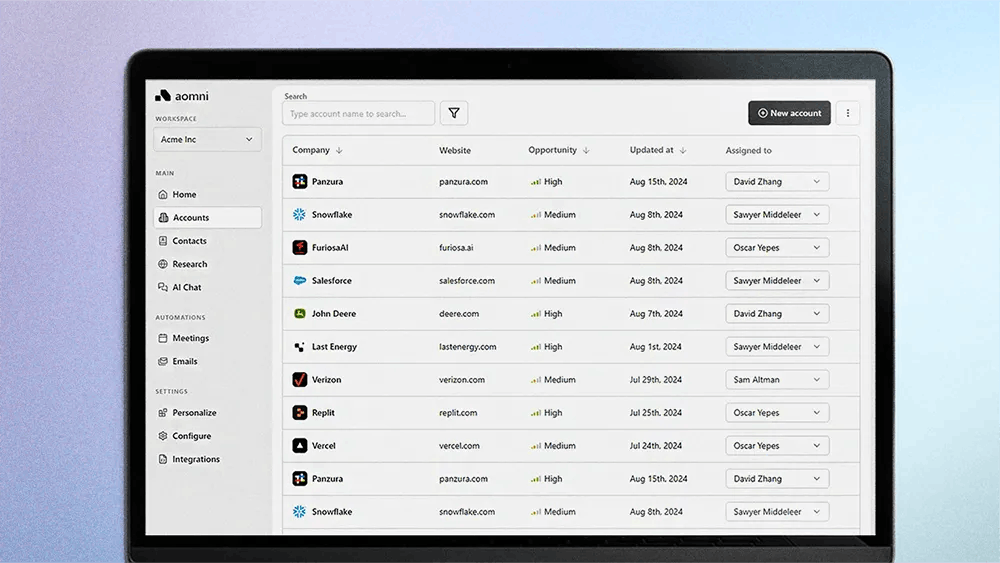Brand building is something I emphasize and implement with B2B companies because it works—and one of the main reasons it works is because it's hard.
The $32 trillion B2B market is facing an identity crisis of sorts.
Competition is tougher than ever, yet none of the familiar playbooks on how to succeed are working for even the largest B2B players. Leaders are reluctant to take risks, unsure of how to move forward in such uncertain times.
Ognjen Bošković is the founder of Raven, an exclusive community for ambitious B2B founders and executives focused on brand building. We spoke with Bošković about the GTM market's greatest challenges.
Playing catch-up: Bošković offers a sharp perspective on where B2B stands today.
"There's a significant lack of critical thinking," he observes. "We've seen the diminishing returns of traditionally deployed go-to-market playbooks for a long time. But B2B often takes time to catch up on what’s working and what's not."
Quick-and-easy doesn't cut it: One of the primary culprits, according to Bošković, is the over-reliance on predictable revenue models.
"Take the predictable revenue playbook—lead gen, waterfall, whatever you want to call it. It's just not how people buy anymore," he says.
"It's not buyer-centric, and we have plenty of data showing how ineffective it is. One of the main reasons these playbooks don't work anymore is that they rely on quick and easy strategies, like outbound or paid ads. When something's easy with such a low barrier to entry, everyone starts doing it."
One of the main reasons these playbooks don’t work anymore is that they rely on quick and easy strategies, like outbound or paid ads. When something’s easy with such a low barrier to entry, everyone starts doing it.
Put in the hard work: To really get ahead, B2B operators have to look in the mirror and ask themselves whether or not they're willing to do transformative work.
"Brand building is something I emphasize and implement with B2B companies because it works—and one of the main reasons it works is because it's hard," Bošković states.
"Too often, we want results in months, weeks, or even quarters, but true success comes from long-term commitment. If you truly invest in it and stick with it, I haven't seen it fail. So, as a rule of thumb in go-to-market strategies, focus on the hard things, because everything else can lead to diminishing returns and is easily copied."
The best way to connect: As the old saying goes, "The best time to plant a tree was 10 years ago. The next best time is today."
Bošković points to LinkedIn as an example of a platform where early adopters saw the most rewards. Even now, it remains one of the best places to engage with customers, build a following, and share valuable content. "Five years ago, you'd have five times the reach and less competition on LinkedIn. But it's still the best place to connect with your audience and engage in meaningful conversations."





